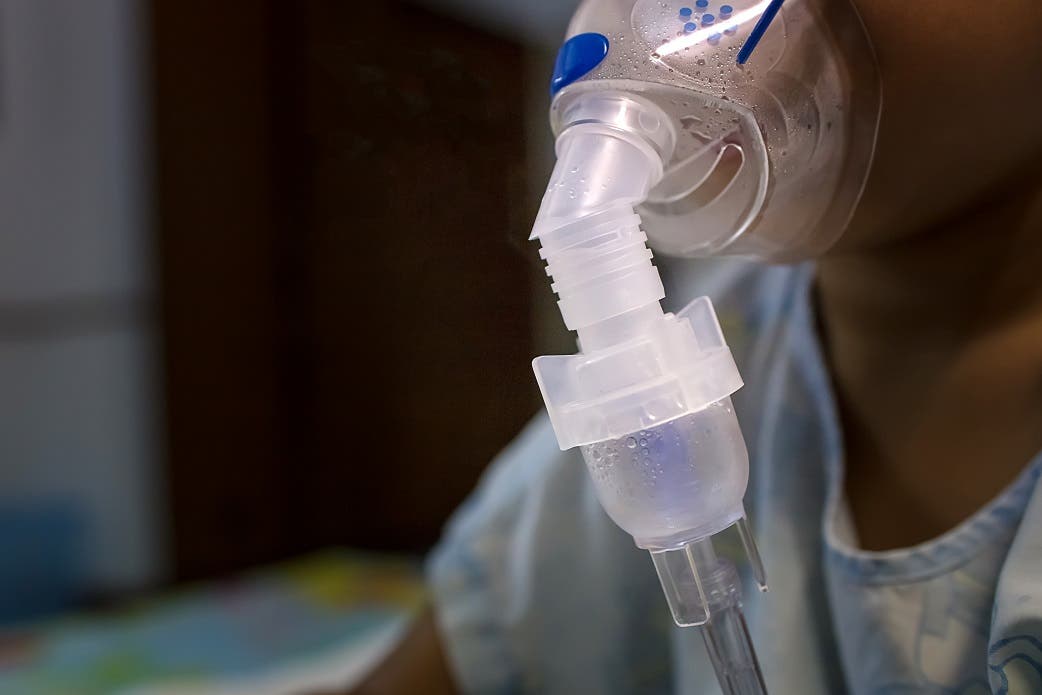RIO DE JANEIRO, BRAZIL – The number of deaths from respiratory failure and pneumonia in Brazil increased in March, going against to the downward trend that had been observed in January and February.

There were 2,239 more deaths in March 2020 than in the same period in 2019, suggesting that coronavirus victims may be added to the statistics of other respiratory disorders.
The data are from the civil registry system and were released by the Association of Natural Persons Registrars (ARPEN).
According to a survey conducted based on the registry’s website, the number of deaths throughout Brazil recorded in March as caused by respiratory disorders was 8.15 percent higher than in the same month in 2019. In January and February, the number of respiratory failure deaths had dropped 2.59 and 4.19 percent, respectively, compared to the same periods a year earlier.
In São Paulo and Rio, the states most affected by the coronavirus outbreak to date, the number of deaths from respiratory disorders was even higher than the national average.
The number of deaths from respiratory failure and pneumonia increased 14.66 percent in São Paulo in March – in the first two months of the year, there had been a drop of 6.13 and 8.24 percent. In Rio, the increase in March was 10.17 percent.
The first death from Covid-19 in Brazil was confirmed on March 16th, and by the end of the month, the Ministry of Health reported 201 victims of the disease. The lack of tests and the delay in analyzing the tests collected, however, lead to a likely scenario of underreporting and delayed confirmation of cases and deaths.
Data from Fiocruz’s InfoGripe system showed a high number of hospitalizations for severe acute respiratory syndrome (SARS) in March, which could also mask Covid-19 records.
Between March 15th and 21st alone, the system estimated that some 2,250 people were hospitalized with symptoms of severe influenza syndrome – in addition to fever, cough, and other symptoms, they experience respiratory distress. In 2019, there were 934 cases.
Regarding the deaths, the Ministry reported in a statement that “given the shortage of supplies in the world, the entire population will not be tested”.
The Ministry added that the priority is to test severe cases and that “it will conduct an epidemiological sample survey to gather the best possible data on the dynamics of the epidemic”.
Underreporting
President of the Brazilian Society of Pulmonology and Physiology, José Miguel Chatkin says an increase in cases and deaths from respiratory disorders is expected for the autumn period, due to its lower temperatures, but he says that the perceptible growth this year may be related to cases of the novel coronavirus that have not been diagnosed.
“The cold leads to an increase in respiratory infections. There must be an undetermined number of undiagnosed Covid-19 cases. There is underreporting because there are not enough tests for everyone. We are experiencing a very serious outbreak, which tends to increase until the beginning of May and then slow down somewhat”.
The lack of tests for the whole population is also pointed out by Margareth Dalcolmo, a pulmonologist and researcher at the Oswaldo Cruz Foundation (Fiocruz), to the high number of deaths due to other respiratory disorders.
“It is possible that there are deaths, particularly from pneumonia, which are related to the infection caused by Covid-19, as we are testing. Epidemiologists estimate that for each case reported, we have 15 other unknown ones. We have no control over the speed of transmission and the epidemic is growing in a disorderly manner. The mortality rate may not be strictly real, because testing did not take place in all these deaths, due to a shortage of tests”.
According to her, notification is important to establish disease control strategies and to understand how the virus behaves.
“It is crucial for us to know the path that the transmission has taken and is taking, the perspective of how it will spread and the proportion of cases. The inaccuracy of the magnitude of the epidemic hinders the understanding of its immediate future and its behavior in terms of demand for services. The vagueness of data is already highly detrimental to the medical community and society”.
Source: O Estado de S. Paulo

